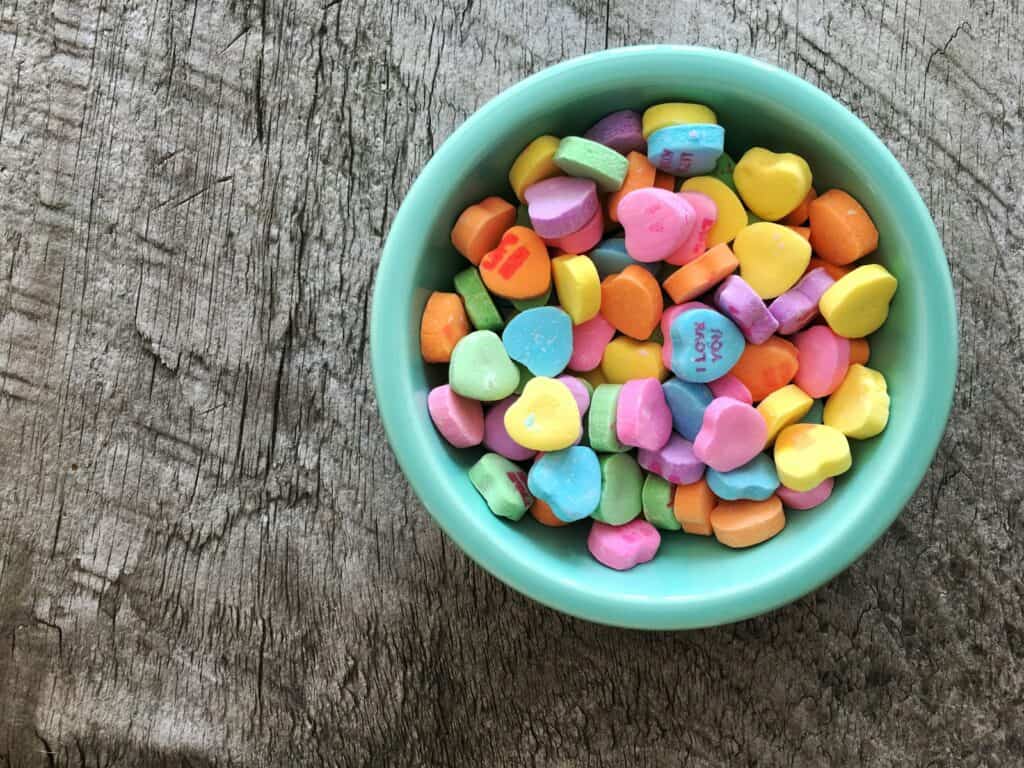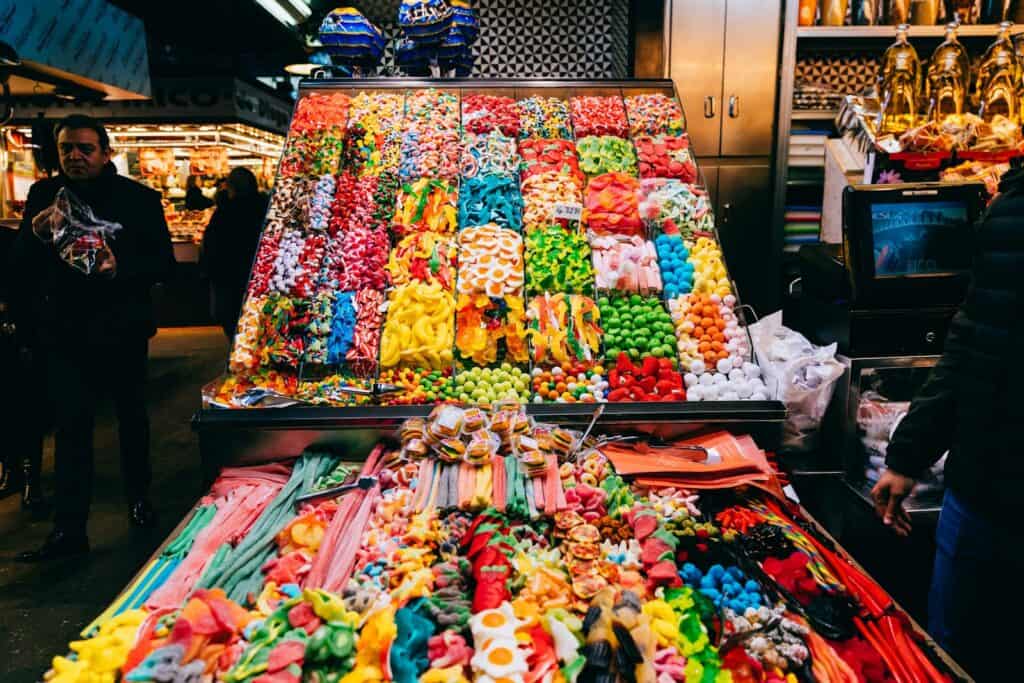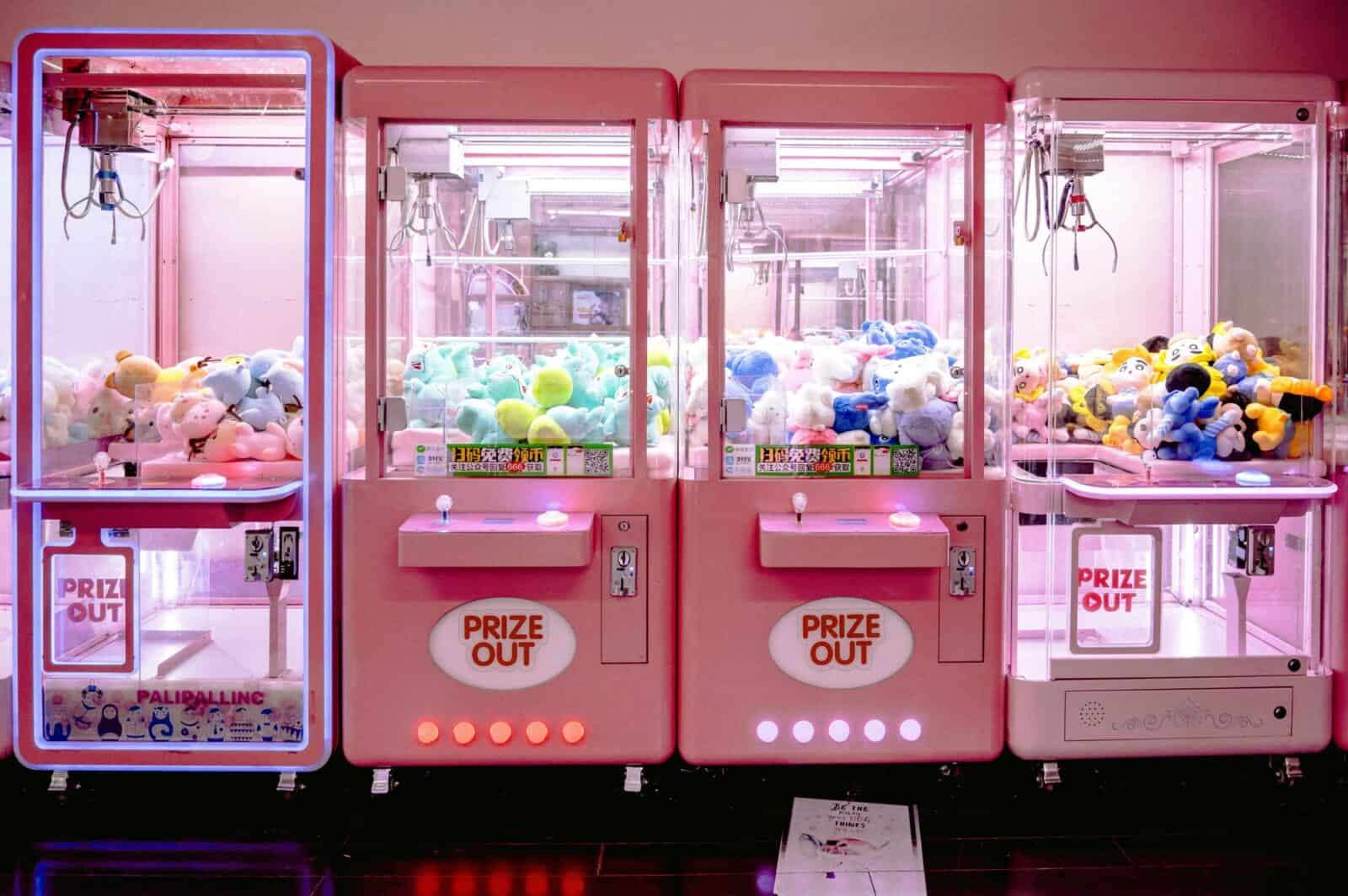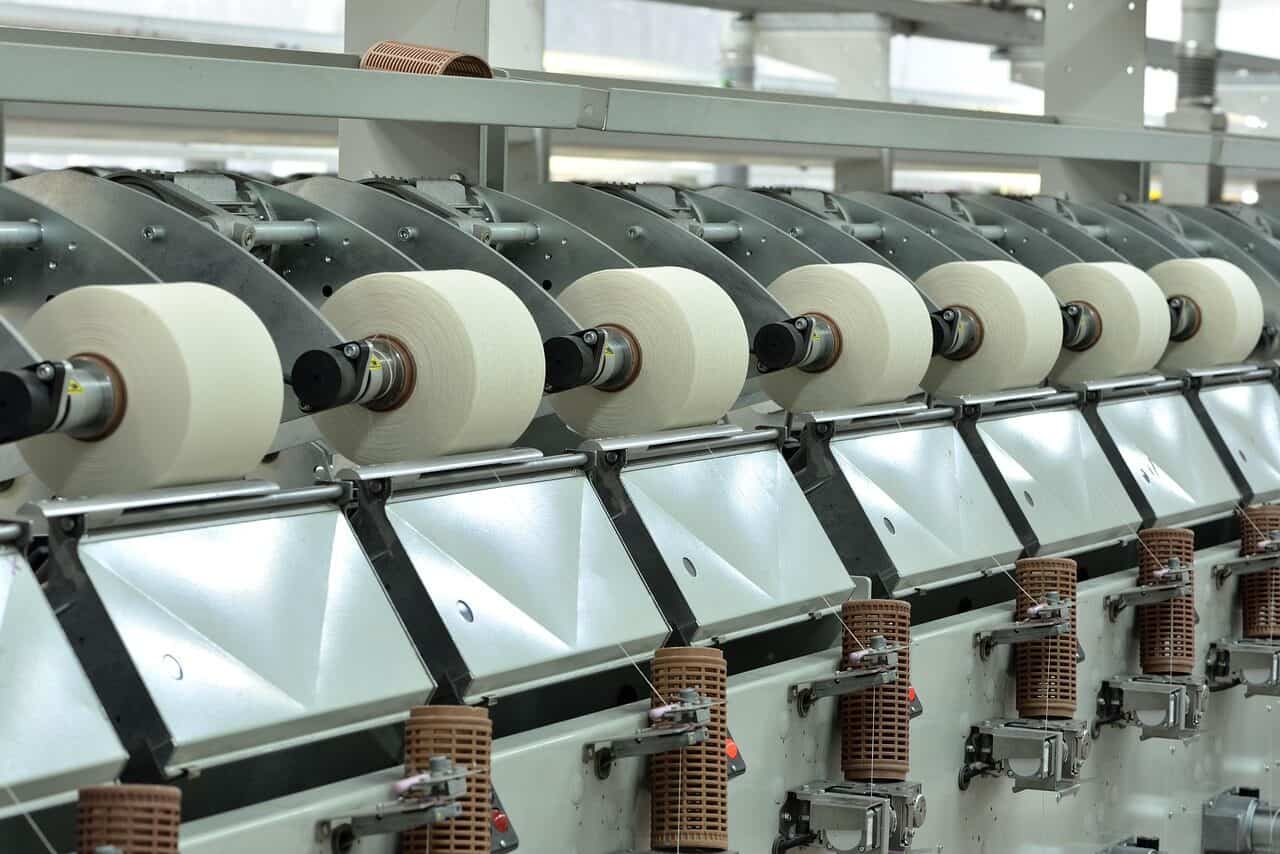The Science of Sweets
Have you ever followed a hard candy recipe perfectly, only to end up with a sticky, grainy, or cloudy mess? The secret to flawless, glass-like candy isn’t magic. It’s science.
In this guide, we’ll break down the entire hard candy making process. We’ll explore sugar chemistry and temperature physics. We’ll cover the critical techniques that separate beginners from experts.
By the end, you won’t just have a recipe. You’ll have the knowledge to control the outcome every single time. We’ll cover sugar glass essentials, precise temperature control, and crystallization prevention. Plus, we’ll explain what every ingredient does.
Understanding Sugar Glass
What is Sugar Glass
The main goal in hard candy making is creating what’s called sugar glass. This isn’t a crystalline substance like table sugar.
Instead, hard candy is an amorphous solid. Sugar molecules are locked in a random, messy arrangement. Think of it like the molecules in window glass.
This messy state gives hard candy its clear look and smooth, brittle texture. We’re basically “freezing” liquid sugar before its molecules can organize into crystals.
Glass Transition Temperature
To achieve this state, we need to understand glass transition temperature, or Tg. This is a key property of amorphous solids.
The Tg is the specific temperature where super-cooled, thick sugar liquid becomes a solid, glassy state when cooling.
For hard candy to stay stable and not sticky at room temperature, it needs a high Tg. We achieve this by cooking the sugar syrup to the correct, high temperature. We’ll explore this in detail.
Crystalline vs. Amorphous
The battle for perfect hard candy is a battle between two molecular states. Crystalline and amorphous.
A crystalline structure is an ordered, repeating pattern of sugar molecules. This creates an opaque, grainy, and soft texture. That’s a failed batch of hard candy.
An amorphous structure is our goal. It’s a messy jumble of molecules. This structure produces clear, hard, and smooth candy. All our techniques promote the amorphous state and prevent the crystalline one.
Mastering Temperature Stages
Temperature is Key
In hard candy making, temperature is the most important variable you’ll control. It’s not a random number. It’s a direct measurement of sugar concentration in your syrup.
As you heat the syrup, water boils away. This increases sugar concentration, which raises the boiling point of the remaining solution.
The final temperature directly determines the final sugar concentration. This controls the final hardness and stability of your candy. A reliable, fast-reading digital thermometer is essential for this craft.
Breaking Down Cooking Stages
The journey of sugar syrup from thin liquid to hard solid has distinct temperature stages. Each stage represents a specific sugar concentration. Each has unique physical behavior when cooled.
Understanding these stages is crucial for any candy maker. They apply not just to hard candy but to many sweets. We want the highest stage, but knowing the full spectrum provides context.
The table below shows these stages, their temperatures, and their molecular behavior.
Temperature Range (°F / °C) | Stage Name | Sugar Concentration | Molecular Behavior & Candy Application |
235-245°F / 112-116°C | Soft Ball | ~85% | Forms a soft, pliable ball. Used for fudge and fondant. |
245-250°F / 118-120°C | Firm Ball | ~87% | Forms a firm ball. Used for caramels. |
250-265°F / 121-129°C | Hard Ball | ~92% | Forms a hard, but still malleable, ball. Used for nougat. |
270-290°F / 132-143°C | Soft Crack | ~95% | Strands are flexible when cooled. Used for taffy. |
300-310°F / 149-154°C | Hard Crack | ~99% | Becomes brittle and glass-like on cooling. The essential stage for hard candy. |
The Hard Crack Stage
For perfect hard candy, the hard crack stage is our must-hit target. Reaching 300-310°F (149-154°C) is the main goal of the cooking process.
At this temperature, sugar concentration is about 99%. This means water content is extremely low, typically less than 1%.
This minimal water content lets the candy set into a brittle, non-sticky glass. For every 1% of leftover moisture in the candy, the glass transition temperature (Tg) can drop by as much as 10°C.
This drop in Tg is a main cause of sticky, unstable candy. That’s why precision in hitting the hard crack temperature is so vital.
Chemistry of Ingredients
Sucrose and Water
The foundation of any hard candy starts with two simple ingredients. Sucrose and water.
Sucrose, or common table sugar, is a disaccharide. It’s made of one glucose molecule and one fructose molecule bonded together. It provides sweetness and the bulk of the structure. But it has a strong natural tendency to organize back into large, opaque crystals.
Water acts as the solvent. Its only job at the beginning is to completely dissolve the sucrose crystals. This creates a clear sugar solution. During cooking, nearly all this water will be boiled away.
Interfering Agents
Because sucrose wants to recrystallize, we must actively interfere with that process. This is the role of “doctoring” the syrup with interfering agents.
The sole purpose of an interfering agent is to stop or prevent sucrose crystals from forming as the candy cools.
These agents work by getting in the way on a molecular level. They disrupt the neat, orderly pattern that sucrose molecules try to form. Without them, achieving a clear sugar glass is nearly impossible.
Looking at Interfering Agents
The most common interfering agents are corn syrup and certain acids. Each works through a different method.
Corn syrup (also called glucose syrup) is a mixture of various sugars. Mainly glucose and maltose. These different-sized sugar molecules physically block the uniform sucrose molecules from lining up together. They act as a physical barrier to crystallization.
Acids, like cream of tartar or lemon juice, work through a chemical process called inversion. The heat of the syrup combined with the acid breaks some sucrose back down into its individual parts. Glucose and fructose. This resulting mixture, called “invert sugar,” introduces different-sized molecules that disrupt crystal formation like corn syrup does.
Ingredient | Chemical Type | Primary Function in Hard Candy Making | Impact on Final Product |
Sucrose | Disaccharide | Provides sweetness and the primary glass-forming structure. | The backbone of the candy. Prone to crystallization. |
Corn Syrup | Glucose Syrup (mixture of saccharides) | Interfering Agent (Physical Block) | Prevents graininess, adds a slight chewiness, increases viscosity. |
Cream of Tartar | Acid (Potassium Bitartrate) | Interfering Agent (Chemical Inversion) | Creates invert sugar, which prevents crystallization and enhances clarity. |
Isomalt | Sugar Alcohol | Sucrose Substitute | Highly resistant to crystallization and humidity. Produces very clear candy. |
The Case for Isomalt
For professionals or those seeking the best clarity and stability, isomalt is an excellent alternative to a sucrose-based recipe.
Isomalt is a sugar alcohol made from sucrose. Its molecular structure is much more resistant to crystallization than sucrose.
It’s also much less hygroscopic (meaning it attracts less moisture from the air). This makes it better for working in humid climates or creating long-lasting candy displays. However, it has a different heating profile and lower sweetness level. It should be handled according to its specific requirements.
Preventing Crystallization
Supersaturation and Nucleation
To prevent crystallization, we must first understand why it happens. When we dissolve sugar in water and then boil the water away, we create a supersaturated solution.
This means the solution holds far more dissolved sugar than would normally be possible at room temperature. This state is highly unstable.
Any tiny impurity can act as a nucleation site. A stray sugar crystal, a piece of dust, or even too much stirring. This site provides a starting point for a chain reaction of crystallization that can ruin the entire batch in seconds. Our job is to eliminate all potential nucleation sites.
A Technical Protocol
Following a strict protocol is key to defeating crystallization. These steps aren’t optional suggestions. They’re technical requirements for a clear, amorphous sugar glass.
- Use Perfectly Clean Equipment. Any pot, spoon, or thermometer must be spotless. A single stray sugar crystal from a previous batch left on a utensil is a guaranteed nucleation site that will trigger graininess.
- Ensure Complete Dissolution Before Boiling. Stir the sugar, water, and corn syrup mixture over medium heat. But only until the sugar has completely dissolved. You should see no more crystals. Once the solution is clear and begins to bubble, stop stirring entirely.
- “Wash” the Sides of the Pan. As the syrup heats up, crystals can form on the pan sides above the liquid line. Use a clean pastry brush dipped in water to gently wash these crystals down and back into the boiling solution. This dissolves them. Do this periodically during the initial stages of boiling.
- Keep Stirring to a Minimum. Once boiling, don’t stir or unnecessarily jostle the pot. Stirring can encourage molecules to collide and form nucleation sites. Let the heat do its work undisturbed.
We once ran a side-by-side test. One batch where we washed the pan sides, and one where we didn’t. The unwashed batch, despite hitting the right temperature, became an opaque, grainy block upon cooling. The washed batch was perfectly clear. This single step is a game-changer.
Managing Your Environment
Understanding Hygroscopicity
Your work isn’t done once the candy is cooled. Hard candy is intensely hygroscopic.
This term describes the tendency of a substance to attract and absorb water molecules directly from the surrounding air. Sugar is an excellent example of this.
When a finished piece of hard candy sits exposed to air, its surface immediately begins to pull in moisture. This moisture dissolves the outer layer of the sugar glass. This results in the common problem of a sticky, weeping surface.
High-Humidity Strategies
Managing humidity is an advanced skill that separates good candy makers from great ones. If you live in a humid climate, you must take extra precautions.
- Cook to a Higher Temperature. Aim for the upper end of the hard crack range, around 310°F (154°C). This drives off even more leftover water, creating a slightly more stable glass that resists humidity better.
- Work Quickly and Efficiently. Minimize the time your candy is exposed to air. Have your molds, flavors, and colors ready. Pour, cool, and wrap the candy as fast as you can.
- Consider Using Isomalt. As mentioned, isomalt is far less hygroscopic than sucrose. For critical projects in humid conditions, it’s often the best choice.
- Use Proper Storage. This is the only true long-term solution. Wrap each candy individually in cellophane or specialty candy wrappers. Store them in a truly airtight container. Include food-safe desiccant packets (silica gel) to absorb any trapped moisture.
The Effect of Altitude
The environment inside your kitchen is also affected by its altitude above sea level. This is a critical factor that many recipes fail to mention.
At higher altitudes, atmospheric pressure is lower. This causes water to boil at a temperature below the standard 212°F (100°C).
Because the water boils off sooner, the sugar solution will reach its final target temperature faster. It will reach it at a lower actual temperature relative to sea level. To compensate, you must adjust your target temperatures.
A reliable rule of thumb is to subtract 1°F from your target temperature for every 500 feet above sea level. Or approximately 0.5°C for every 152 meters.
Hard Candy Troubleshooting
Diagnosing Failures
With the scientific principles we’ve covered, you can now move beyond frustration. You can begin to diagnose failures like a food scientist.
Every problem has a specific, identifiable cause rooted in chemistry and physics. From graininess to stickiness. The following table is your technical guide to identifying the cause and implementing the correct solution.
This structured approach allows you to learn from every batch. You can systematically improve your technique.
Problem | Scientific Cause | Technical Solution(s) |
Candy is Grainy / Opaque | Premature Crystallization: Caused by undissolved sugar, impurities (nucleation sites), or excessive agitation. | Re-read and strictly follow the “Protocol for Defeating Crystallization.” Ensure the pan sides are washed, stirring is ceased before boiling, and the solution is fully dissolved. |
Candy is Sticky / Weeping | 1. Hygroscopicity: Absorbing ambient moisture. 2. Incorrect Temperature: Not cooked to a high enough temp. | 1. Work on a low-humidity day. Wrap and store immediately in an airtight container with desiccants. 2. Verify thermometer accuracy. Cook to the high end of hard crack (310°F/154°C). |
Candy is Too Hard / Brittle | Temperature Overshoot: Cooked to a temperature significantly above hard crack, leading to caramelization. | Calibrate your thermometer. Watch the pot closely as it nears the target temperature and remove from heat immediately. |
Color or Flavor is Weak / Faded | Degradation from Heat: Added too early in the cooking process. | Add super-strength flavor oils and gel-based colors after removing the syrup from the heat. Stir in quickly and just enough to incorporate. |
Candy has Bubbles | 1. Over-stirring after heating. 2. Pouring too quickly. | 1. After adding color/flavor, stir gently to minimize incorporating air. 2. Pour the syrup slowly and steadily down the side of the mold or onto the slab to prevent trapping air. Let the syrup rest for 30 seconds before pouring. |
From Follower to Scientist
Recap of Principles
You’ve now journeyed deep into the science of hard candy making. The process is no longer a mystery. It’s a series of controlled chemical and physical transformations.
Let’s recap the core principles that are now part of your technical toolkit.
- Your goal is to create a stable amorphous sugar glass, not a crystalline solid.
- Temperature control is absolute. It directly controls sugar concentration and final hardness.
- Crystallization is the primary enemy. You can defeat it with clean technique, zero stirring, and the use of interfering agents.
- The environment, especially humidity and altitude, plays a critical role in the stability and texture of the final product.
Your Path Forward
With this knowledge, you’ve elevated your craft. You’re no longer just following steps on a recipe card. You’re purposefully manipulating the states of sugar.
You now have the technical foundation to experiment with confidence. You can create your own unique variations. Most importantly, you can troubleshoot any issue that arises with a scientific approach.
Welcome to the world of technical candy making. The glass-like, perfect candy you envisioned is now within your control.
- Candy-Making Stages – Exploratorium https://www.exploratorium.edu/explore/cooking/candy-making-stages
- Hard Candy Production Review – PMC (NIH) https://pmc.ncbi.nlm.nih.gov/articles/PMC11214042/
- Sugar Chemistry of Hard Candies – UCLA Science & Food https://scienceandfooducla.wordpress.com/2014/10/28/sugar-chemistry-of-hard-candies/
- Candy Making Sugar Stages – CulinaryLore https://culinarylore.com/food-science:candy-making-sugar-stages/
- Crystallization in Food Chemistry – MHCC Pressbooks https://mhcc.pressbooks.pub/chemfoodcooking/chapter/mixtures-physical-changes-and-candy-making/
- Understanding Candy Sugar Chemistry – Sugars.com https://www.sugars.com/understanding-the-science-of-candy-sugar-chemistry
- Working with Sugar Crystallization – Wekiva Culinary https://www.wekivaculinary.org/working-with-sugar-the-magic-of-crystallization/
- Mastering Hard Crack Stage – KitchenCraftHubs https://kitchencrafthubs.com/how-long-does-it-take-sugar-to-get-to-the-hard-crack-stage/
- Science Behind Hard Candy Making – TGMachine https://tgmachine.com/science-behind-hard-candy-making/
- Sugar Crystallization Unit – Illinois State Board of Education https://www.isbe.net/CTEDocuments/FCS-L700047.pdf









